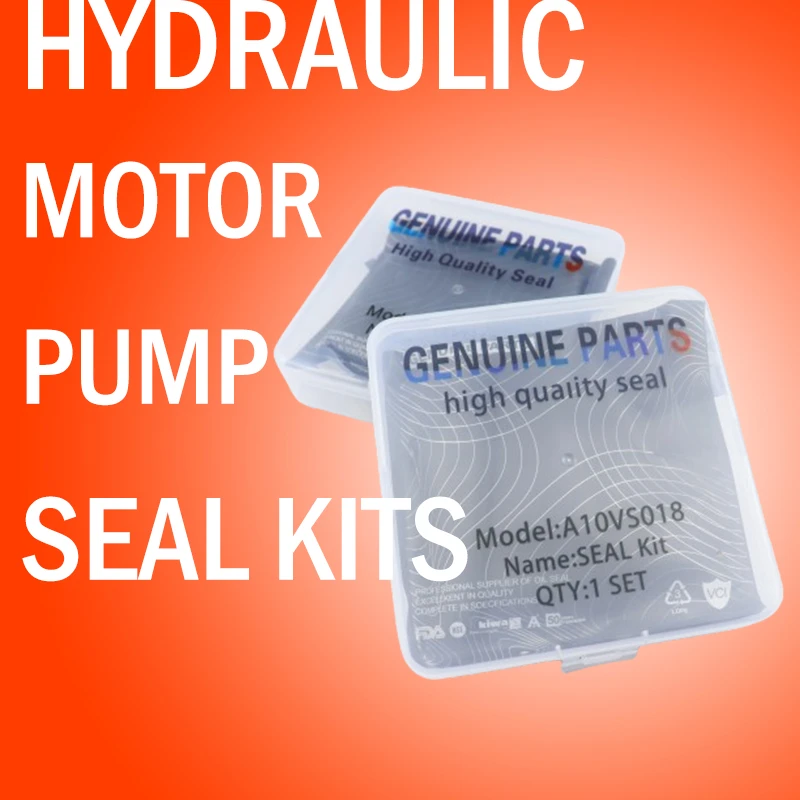Dec . 16, 2024 02:58 Back to list
Understanding the Importance and Functionality of Hydraulic Seals in Fluid Systems
Understanding Hydraulic Seals Function and Applications
Hydraulic seals play a crucial role in the functioning of hydraulic systems, often regarded as the backbone of many industrial and automotive applications. These seals are designed to prevent the leakage of fluids, maintaining pressure, and ensuring the efficient operation of machinery. As we delve deeper into the world of hydraulic seals, it becomes evident that their design and functionality are pivotal to the reliability and longevity of hydraulic equipment.
Functionality of Hydraulic Seals
Hydraulic seals can be defined as devices used to prevent the escape of hydraulic fluid and to protect against contamination. They achieve this by forming a barrier between moving parts. The primary functions of these seals include preventing fluid leakage, minimizing wear and tear on components, and retaining the hydraulic fluid within a system under high pressure.
There are various types of hydraulic seals, each designed for specific applications. Some of the most common variants include dynamic seals, which are employed in moving parts, and static seals, utilized where there is no movement. Dynamic seals, such as O-rings and rod seals, are critical in ensuring the smooth functioning of hydraulic cylinders. Static seals, including gaskets and flat seals, are essential in preventing leaks between stationary components.
Materials Used in Hydraulic Seals
The selection of materials for hydraulic seals is vital to ensure performance in various operating conditions. Common materials include nitrile rubber (NBR), polyurethane (PU), and fluorocarbon (FKM), each offering distinct advantages. NBR seals are typically used in environments with petroleum-based fluids, while PU seals are known for their durability and resistance to abrasion. FKM seals, on the other hand, excel in high-temperature and aggressive chemical environments.
hydraulic seal

The choice of material depends on several factors, such as the type of hydraulic fluid, the operating temperature, and the mechanical conditions. In some cases, a combination of materials may be used to enhance the performance and lifespan of the seals.
Applications of Hydraulic Seals
Hydraulic seals are widely used across various sectors, including automotive, aerospace, construction, and manufacturing. In the automotive industry, they are critical components in hydraulic braking systems and power steering applications. The reliability of these systems hinges on quality seals, as any leak can lead to a loss of pressure and potentially catastrophic failures.
In aerospace, hydraulic seals are essential for flight control systems, landing gear, and hydraulic actuation systems. Given the high stakes in this sector, strict standards govern the design and materials used for hydraulic seals to ensure safety and reliability.
Construction equipment, such as excavators and bulldozers, also relies on hydraulic seals to operate efficiently under extreme conditions. These machines require robust sealing solutions to withstand dirt, water, and heavy loads while preventing fluid leaks that can lead to machinery failure.
Conclusion
In summary, hydraulic seals are indispensable components that facilitate the efficient functioning of hydraulic systems across a wide range of industries. Their ability to prevent fluid leakage and protect against contamination directly impacts the performance and longevity of hydraulic equipment. As technology advances, the development of more sophisticated seal designs and materials continues, enhancing the reliability and efficiency of hydraulic systems. Understanding the importance of hydraulic seals ultimately contributes to better maintenance practices and improved performance in applications where they are utilized.
-
TCN Oil Seal Metal Ring Reinforcement for Heavy Machinery
NewsJul.25,2025
-
Rotary Lip Seal Spring-Loaded Design for High-Speed Applications
NewsJul.25,2025
-
Hydraulic Cylinder Seals Polyurethane Material for High-Impact Jobs
NewsJul.25,2025
-
High Pressure Oil Seal Polyurethane Coating Wear Resistance
NewsJul.25,2025
-
Dust Proof Seal Double Lip Design for Construction Equipment
NewsJul.25,2025
-
Hub Seal Polyurethane Wear Resistance in Agricultural Vehicles
NewsJul.25,2025
-
The Trans-formative Journey of Wheel Hub Oil Seals
NewsJun.06,2025
Products categories
















